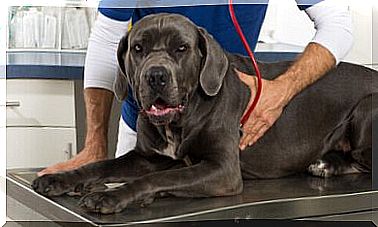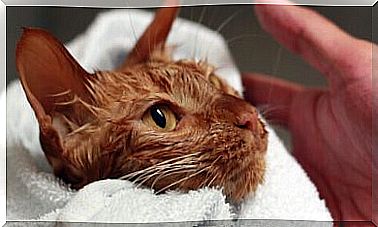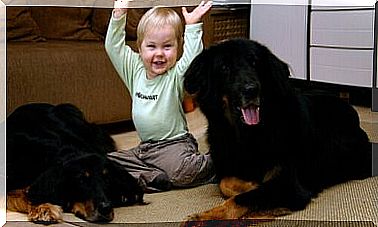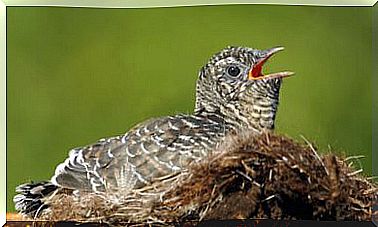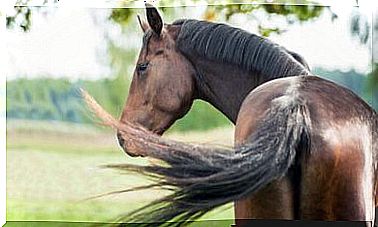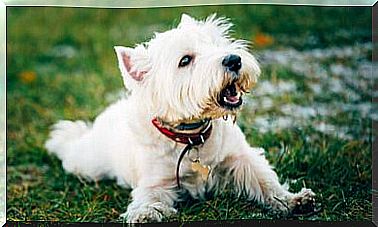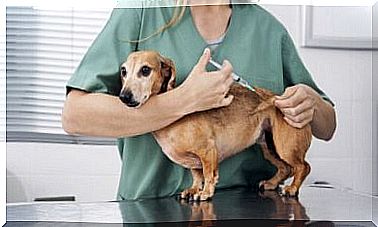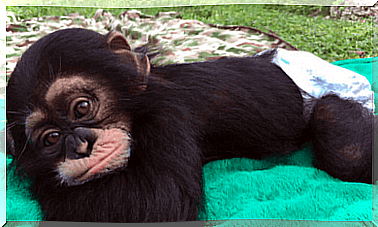Tips To Avoid Humanizing The Dog
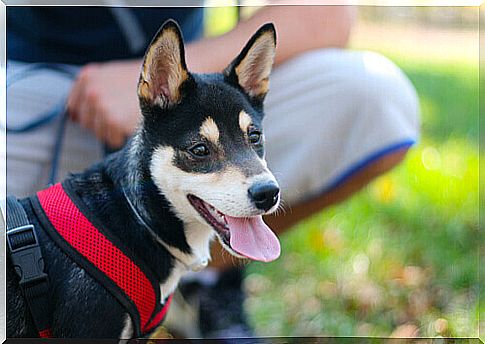
Care, attention and affection are values that we can easily distinguish in any parent. However, there is a big difference between having a child and adopting a dog. Of course, these animals are beautiful, loving and very intelligent, but they must always be treated as such.
We often hear the phrase “My dog is like a child” repeated but this unfortunately hides the danger of humanization which can cause serious damage to the personality and to coexistence with your four-legged friend. So let’s see how to treat your pet for what it is, without mistakes and building a healthier relationship with him.
How humanization begins
Some experts argue that the concept of animal sensitivity first appeared during Romanticism (late 18th century). A new way of understanding and conceiving the animal world, in a more respectful way and which laid the foundations for the request to recognize, also to other living beings, rights hitherto exclusive to mankind.
Others argue that the humanization of pets is a clear sign of the transformation of the concept of family.
On the one hand, it denounces the isolation of modern man, who only thanks to the animal can contrast the loneliness to which he is condemned. On the other hand, it reveals the human difficulty in communicating and expressing one’s feelings (“Nobody understands me like my dog”). In the context of the ethical crisis, the breaking of the sense of trust leads to seeing dogs more sincere, genuine and loyal than human beings.
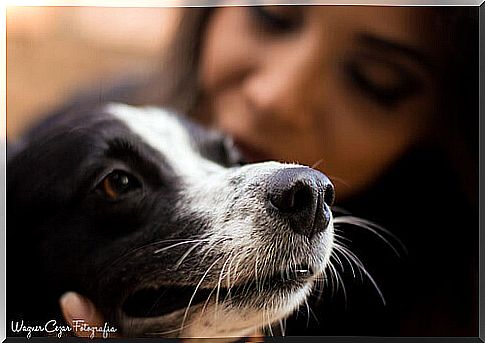
In short, an almost poetic aspect on the part of many masters. The problem, if anything, is to overestimate your dog, humanizing it and making the mistake of considering it, in fact, as a family member.
The dog is not like a child
First of all, it must be understood that if you humanize a dog, you do not respect the characteristics of its species. Every living being has its own needs, since its organism is different from that of man. In addition to allowing him everything, by encouraging the learning of bad habits, humanization can also cause health problems.
Let’s take food as an example. Many owners consider it ‘normal’ to share their lunch or dinner with their four-legged friend. In fact, the ingestion of cooked, seasoned or industrial foods can cause serious disturbances to the animal metabolism.
Dresses, shoes, accessories… Are they necessary?
Another interesting example is the spread of clothes and shoes for pets. They are certainly beautiful, nice, but they are objects that the animal’s skin is not used to. Slippers or ankle boots can even limit sweating and prevent contact with the ground. The reaction to something so strange and different can be negative and invalidate the training, generating stress and apparently unusual behavior.
Excessive humanization often causes behavioral and temperamental problems. Shyness, aggression, excessive barking, hyperactivity and “blackmail” attitudes. They are all clear examples of the negative consequences of humanizing your pet.
All this without forgetting that, by removing all limits between man and animal, psychological dynamics can be inserted that are prejudicial to one’s own balance.
Training and discipline
A proper training and discipline allow a peaceful coexistence and risk. To this, we must add the indispensable socialization process that reduces the likelihood of aggressive behavior. Above all, in the event of a territorial dispute.
On the contrary, humanization and irresponsible permissiveness fuel the disorder. Your dog, if he considers any behavior appropriate, will feel master of every space, ceasing to recognize you as the pack leader and taking the initiative. Some domestic accidents (such as biting family members) can be caused by this nullification of the hierarchy.
Furthermore, in no way should the animal be precluded from interacting with other similar ones. Your dog must continue to feel like this, run in the park and chase other dogs like him and not end up mistakenly identifying himself as a human being.
Create a healthy relationship with the dog
The first thing is to understand that ” the dog is not your child “ : keep this sentence in mind. That doesn’t mean loving him less or treating him with detachment. It will simply allow you to keep the limits between the two worlds, human and animal, building a conscious, healthy and balanced coexistence.
The dog must be regarded as part of the pack and never as the leader. Otherwise, he will do everything possible to prevail, asserting his presence with violence and aggression (destroying objects, urinating in the house, occupying the sofa…).

Training, essential to avoid humanizing the dog
That’s why learning to say “No!” is essential. Even if the dog approaches you with the most tender expression in the world. The ban is necessary in order to educate him. In order to raise a loyal and obedient dog, we recommend that you start training him, and socialize him, during the 4 and 20 weeks of his life. Puppies have a character yet to be shaped and learn more easily than adult dogs.
It is important to teach the pet basic commands, such as sit, lie down, stand still, answer the name and go to bed. It is also possible to propose different tricks or train him professionally.
Do not let him sleep with you or occupy areas of the house designed for ‘human’ use. The animal must learn to respect your spaces. Maintaining privacy is essential in any relationship, including one with pets.
The positive reinforcement is vital to assert and store a good behavior. Conversely, violence inhibits the dog’s learning. The dog is not your child, but your responsibility.
